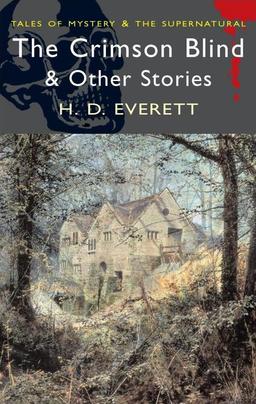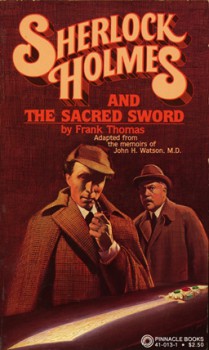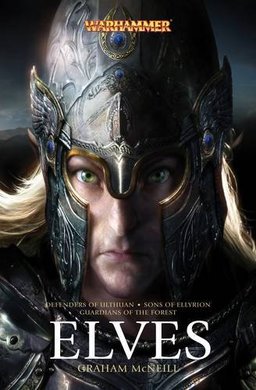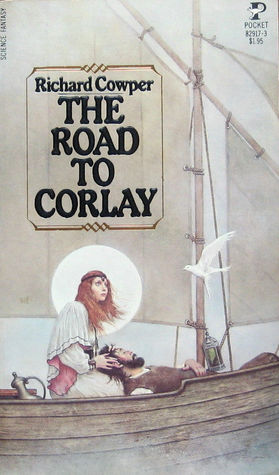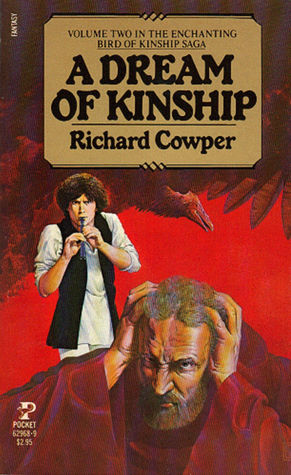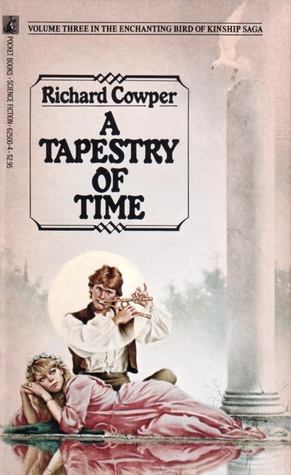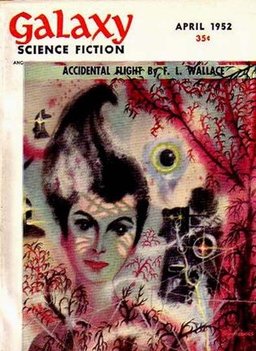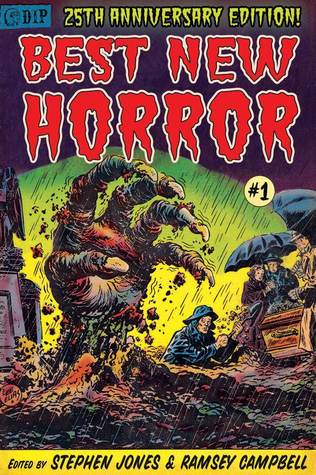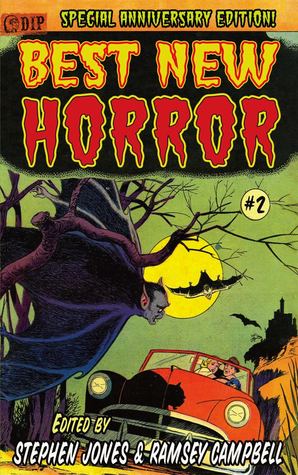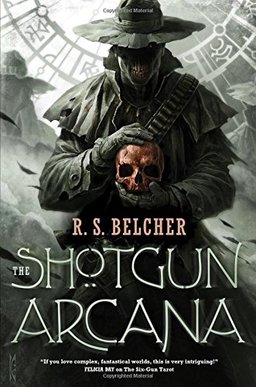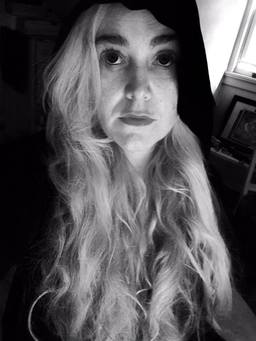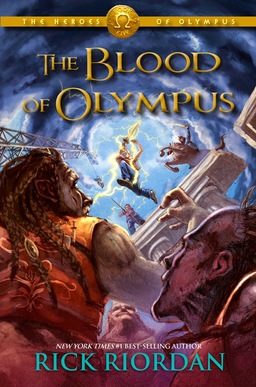AD&D Figurines: Youth In a Box?
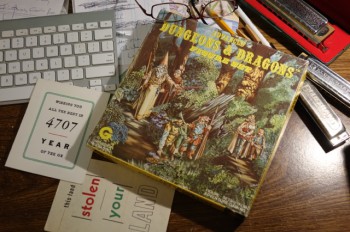 A few weeks back, a friend (quite unexpectedly) handed me the boxed set of AD&D miniatures pictured at right. I say “unexpectedly” because so far as I know, this friend had no idea that I ever played D&D. Nor were the figures intended for me; the note she enclosed made it clear the box was for my fourteen-year-old son, “just in case.”
A few weeks back, a friend (quite unexpectedly) handed me the boxed set of AD&D miniatures pictured at right. I say “unexpectedly” because so far as I know, this friend had no idea that I ever played D&D. Nor were the figures intended for me; the note she enclosed made it clear the box was for my fourteen-year-old son, “just in case.”
My son was marginally interested, but not seriously so. I, however, was kind of downright sorta hypnotized.
Confession: I never gravitated to miniatures. My twin objections were, first, that the figures never, ever looked the way I pictured either my characters or those of my fellow gamers, and second, they were small enough that painting them to my own exacting standards was next to impossible.
I had Testor’s model paint, of course (most boys I knew in the late seventies and early eighties did), so accessing a mouth-watering color palette wasn’t the issue.
Application, however: yipes!
